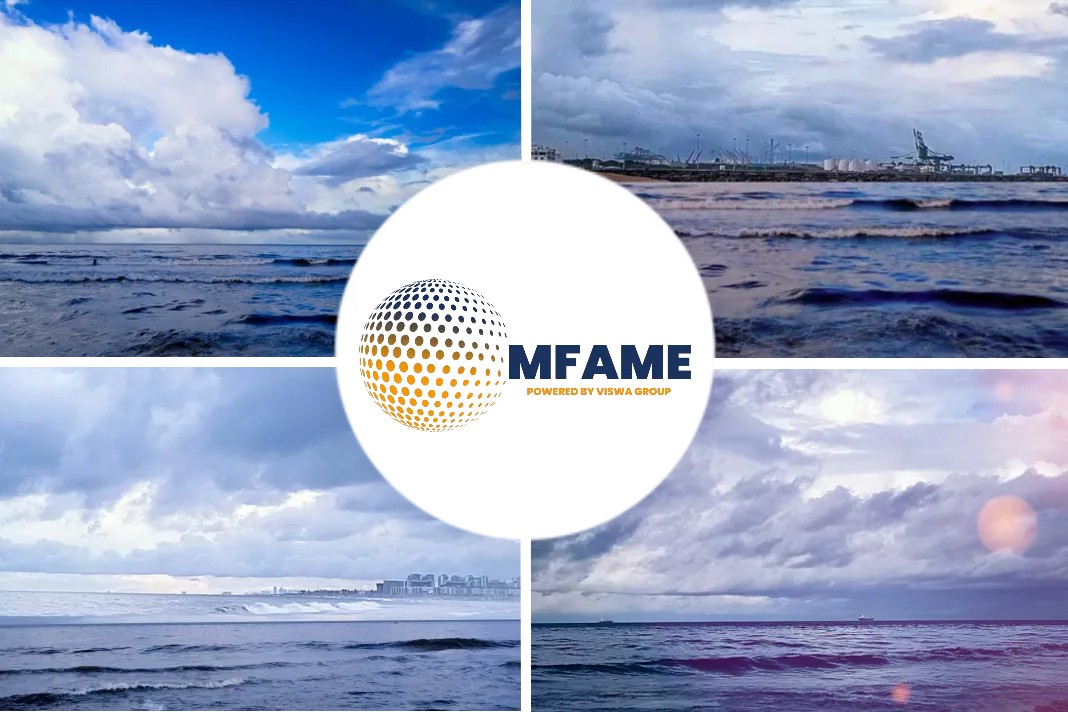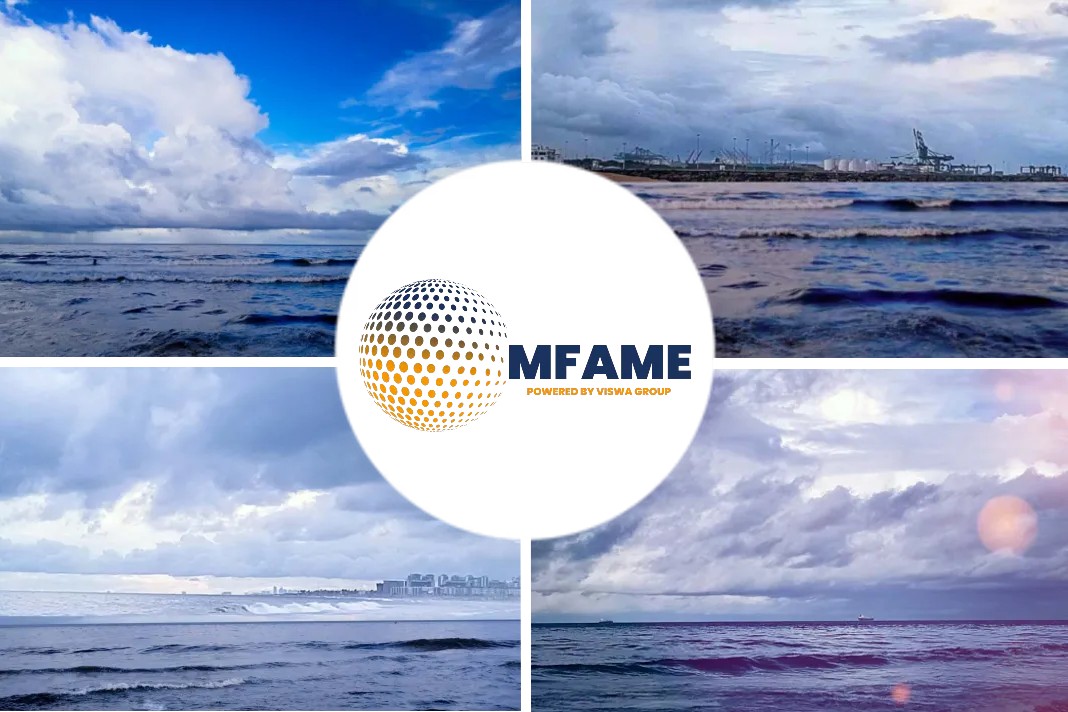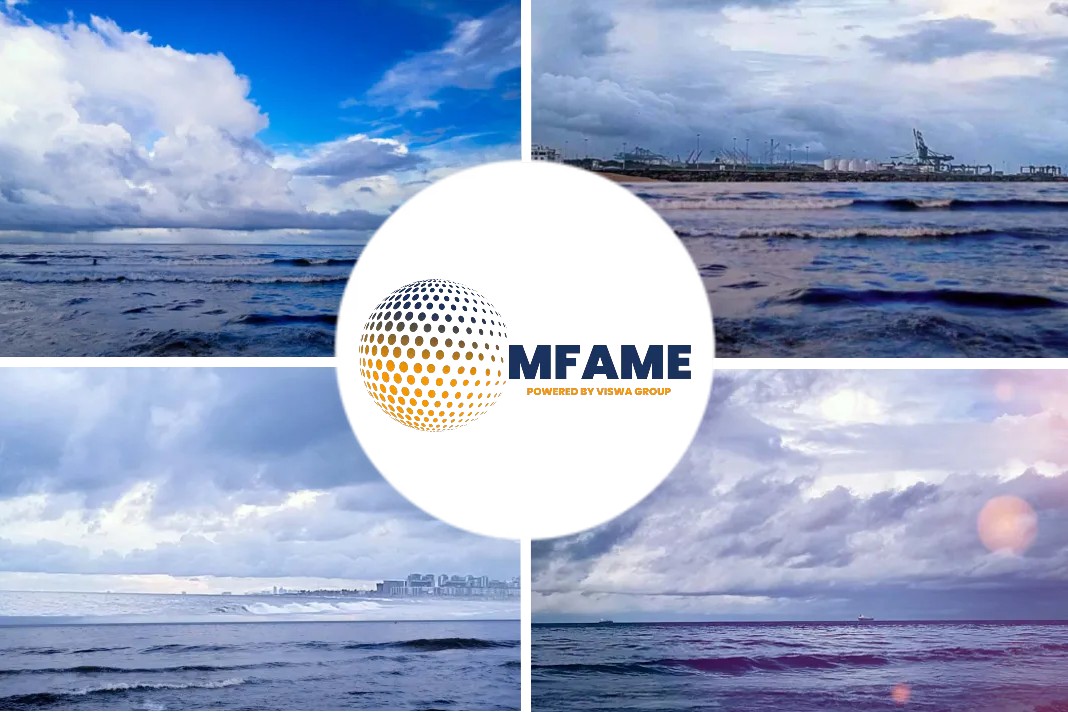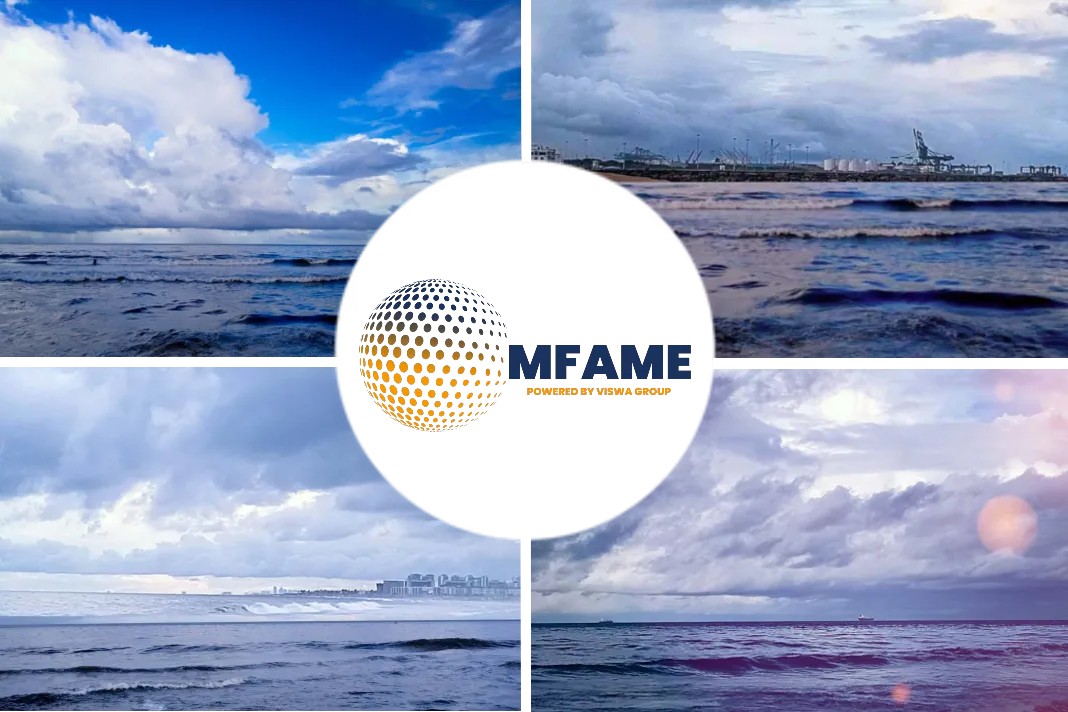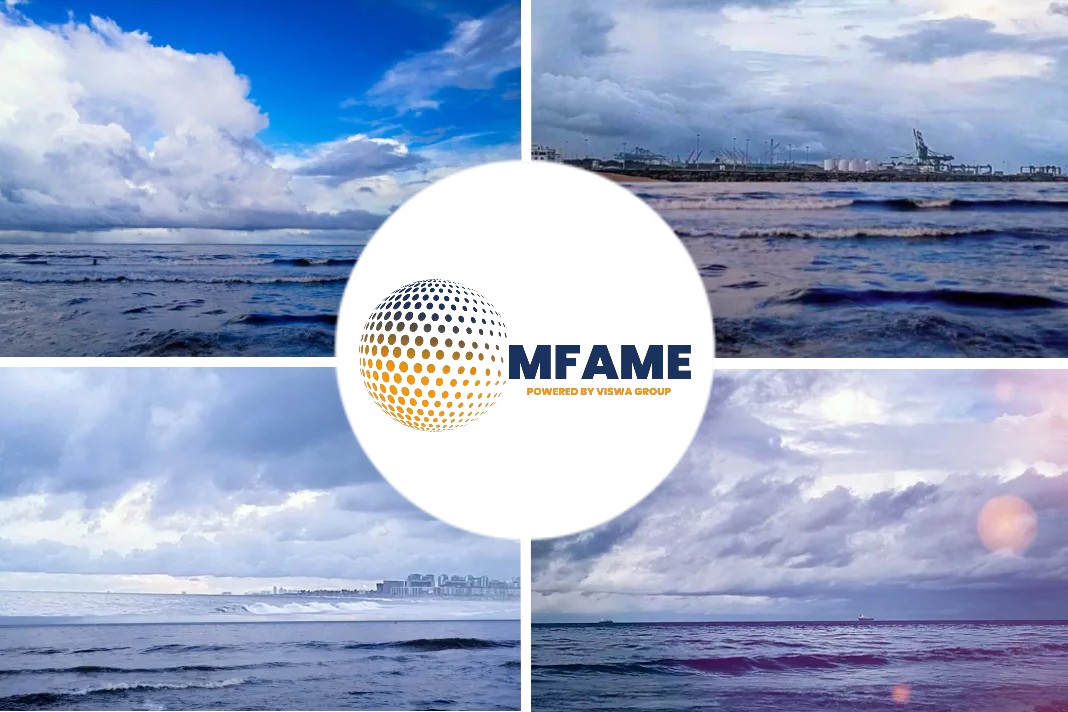- In the 19th and early 20th centuries, millions of weather observations were carefully made in the logbooks of ships sailing through largely uncharted waters recorded barometric pressure, air temperature, ice conditions and other variables.
- Volunteers from a project called Old Weather are transcribing these observations, which are fed into a huge dataset at the National Oceanic and Atmospheric Administration.
- The “weather time machine,” as NOAA puts it, can estimate what the weather was for every day back to 1836, improving our understanding of extreme weather events and the impacts of climate change.
According to an article published in Reuters, Old ships’ logs are giving scientists new insights into the past and future of the earth’s changing climate.
Observations before Satellites
Before satellites, forecasters relied on weather observations gathered with much less sophisticated instruments located around the globe. Here, one-degree squares show observations collected in January 1979.
1879 Recap
But rewind a century to January 1879 and there are far fewer observations, most of them collected on land. About 70% of the Earth is covered in water and that’s also where most weather happens, which makes data recorded in the ship’s logs highly valuable.
In the summer of 1879, the USS Jeannette set off on a voyage intent on making the United States the first nation to reach the North Pole — a historical equivalent of the race to the moon. The trip was funded by newspaper tycoon James Gordon Bennett Jr., who hoped the news of the Jeannette’s achievement would boost circulation.
Jeanette Navy Ship
As a Navy ship, the Jeannette was run with a discipline reflected in its logbooks, which were detailed and legible. Hourly records detailed variables such as the temperature, cloud type and barometric pressure, as well as daily life on the ship.
The Jeannette quickly became trapped in the ice and spent nearly two years drifting across the Arctic Ocean. The large gap between where the Jeannette encountered the sea ice, and where that ice extends today, shows how conditions have changed in nearly a century and a half.
Scientists Observations from Historic Data
To create modern climate estimates and fold in the historic data, Dr. Kevin Wood, a climate scientist at NOAA, explained that a four-dimensional global atmospheric dataset is created by applying an algorithm using barometric pressure observations.
A supercomputer generates a grid spanning the world, from its surface to its atmosphere, allowing scientists to analyze variables such as wind and temperature across altitudes. Weather estimates are compared with observations over time, and adjusted where they differ.
A snapshot of this dataset created by Dr. Philip Brohan, a climate scientist at the Met Office in Britain, shows the weather forecast in December 1880. Gray areas represent the “fog of ignorance,” or areas of uncertainty, while colored areas represent a forecast based on all available observations, including data from the Jeannette.
NOAA Weather Time Machine’s Reanalysis
Date-crunching by NOAA’s “weather time machine” – offically known as the third version of the NOAA-CIRES-DOE 20th Century Reanalysis, or 20CRv3 – can be used to explore trends going back further than previous climate models. While the jitteriness of the 20th-century line reflects some uncertainty, matched against other comparable models, the overlap provides greater confidence in the overall trend.
Weather Patterns Study
Before incorporating the ship log’s data, the earliest version of NOAA’s reanalysis dates to 1948, leaving out many weather events such as the 1930s Dust Bowl. The latest version allows scientists to rewind more than a century to study extreme weather patterns.
Sitka Hurricane
For instance, in 1880, an unusually strong storm, often called the “Sitka Hurricane,” made landfall in Alaska and is thought to be one of the strongest storms ever to strike the region. Observations from three ships, including the Jeannette, helped researchers understand that the storm was part of a much larger weather system.
Unprecedent Declarations
The Jeannette’s story is just one of many epic journeys into the frozen unknown of the Arctic. In 1881, a ship called the Rodgers set out from San Francisco to search for the Jeannette, adding a new set of observations to the historic weather collection.
In a sometimes-obsessive quest, hundreds of Old Weather volunteers have transcribed millions of observations from old ships’ logbooks. As the Arctic ice melts away, the volunteers see their work as a rescue mission critical to understanding the state of our planet’s climate.
Did you subscribe to our daily newsletter?
It’s Free! Click here to Subscribe!
Source : Reuters






